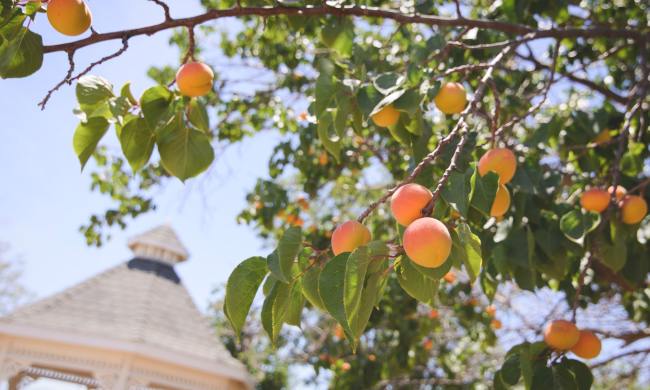If you love the look of a lush green lawn but don’t have one, the easiest and most affordable way to get one is with grass seed. Which type of grass seed should you choose, though? The answer is complicated, because there are over a half-dozen grass species that are traditionally used for lawns, plus nontraditional types used in “no-mow” and xeriscape landscapes. To help you find the best grass seed for you, we’ll break the answer down to three categories: Warm-season grasses, cool-season grasses, and nontraditional grasses. We’ll start with a few pointers on growing and maintaining lawn grass regardless of where you are.
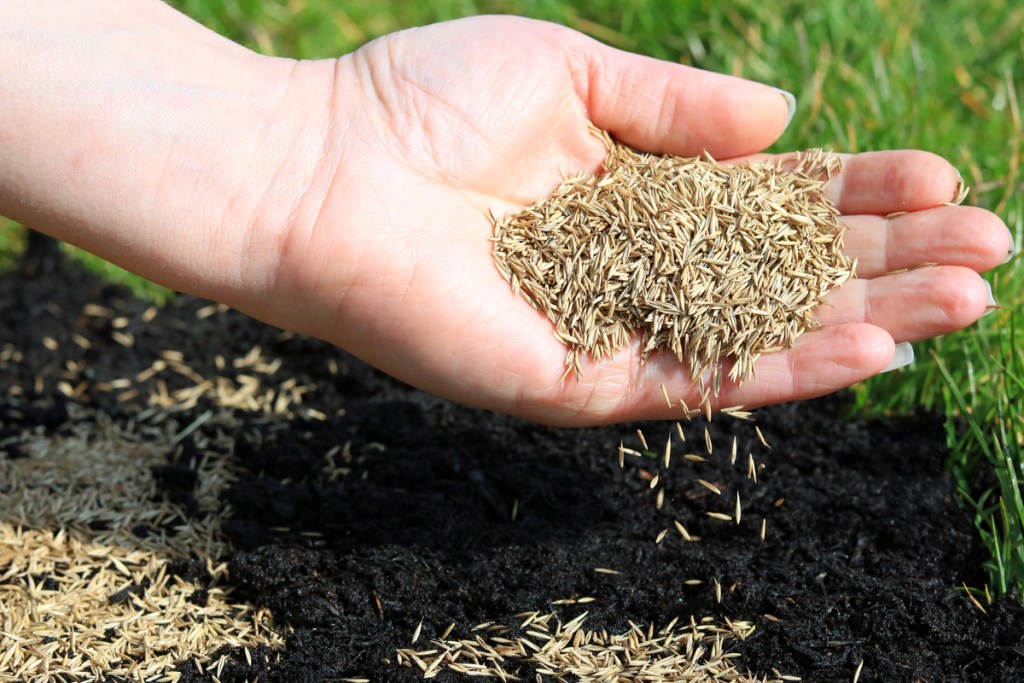
Give grass the right growing conditions
Light
All lawn grass needs sunlight to grow into a thick, healthy, deeply rooted lawn. Most grasses need a minimum of six hours of direct sunlight. Even the types sold as “shade tolerant” require at least four hours. Consider other alternatives, like shade-loving ground covers or low-growing perennials, for densely shaded areas.
Moisture
Grass also needs adequate moisture. During the growing season, it needs about an inch of water per week combined total of rainfall and irrigation. Some grasses are considered drought-tolerant, which simply means they will turn brown and go dormant when there’s not enough moisture. In arid locations, dry climate alternatives to traditional grass lawns are a more sustainable landscape choice.
Soil
Soil conditions are equally important to growing healthy lawn grass. These grasses grow best in an aggregate mixture of sand, silt, and clay. This type of soil drains excess water easily, but it retains enough to act as a reservoir between rains. Marginal soils can be improved with organic matter by leaving the grass clippings on the lawn after mowing and occasionally top dressing the lawn with compost. Fertilizer and lime help to supply the required additional nutrients.
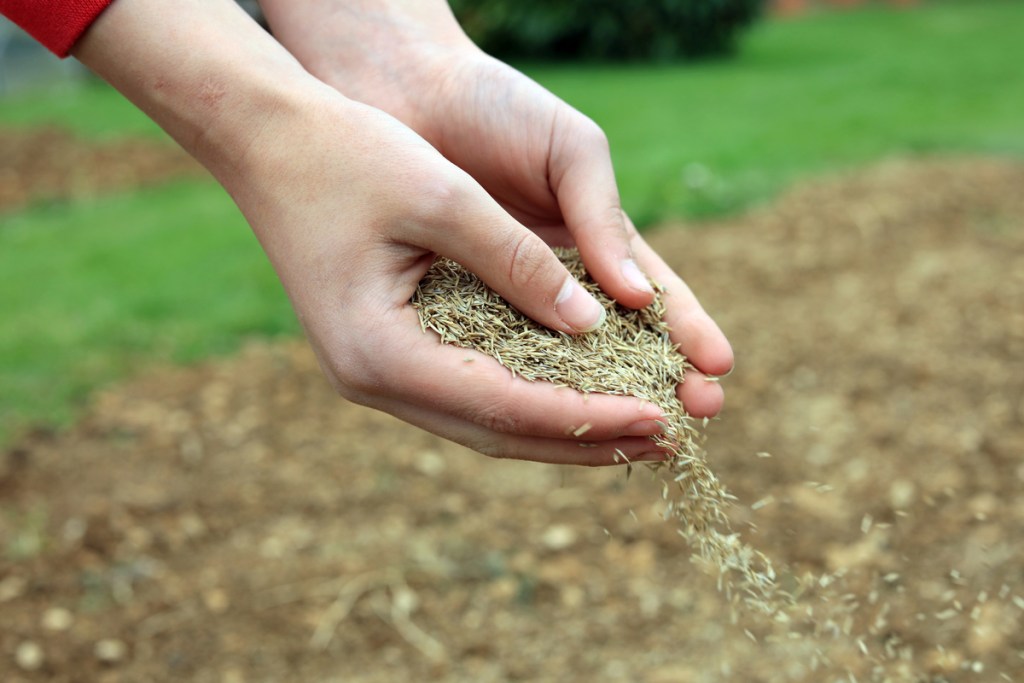
Which brands offer the best grass seed?
For traditional lawn grasses, the best grass seed brand may be one of the big national brands. Those are the folks who do the research and develop new seed strains and seed blends. They know what works and what doesn’t.
Smaller specialty seed companies may be better equipped to provide native grass seeds and other nontraditional seed blends.
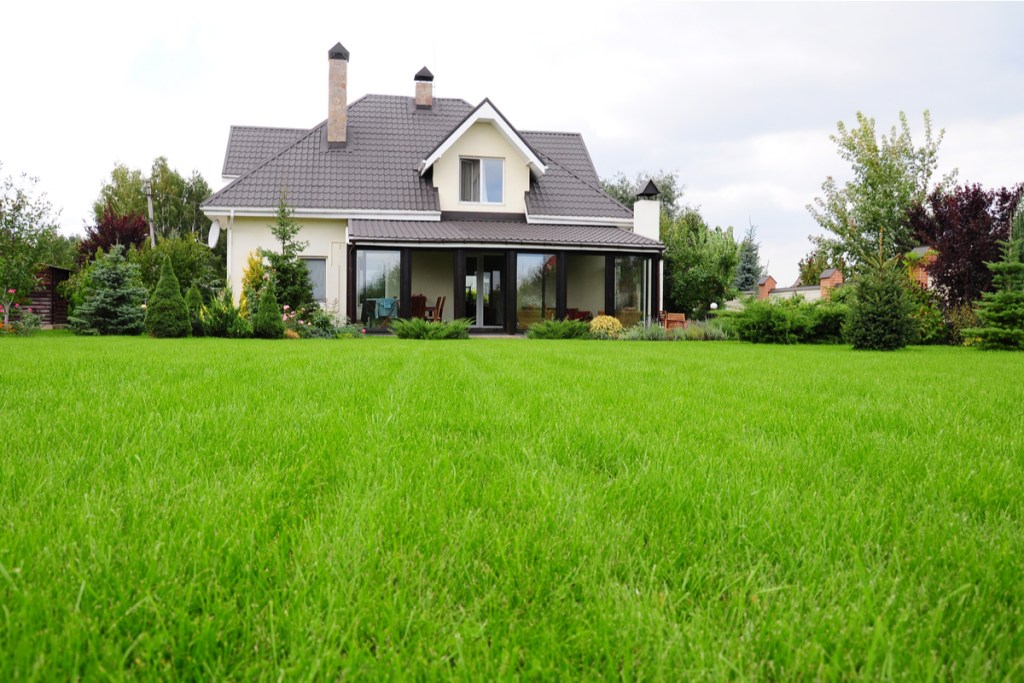
Best grass seed for warm-season grasses
Warm-season grasses originated in tropical regions, so they are a great choice for the intense sunlight and hot temperatures of the Southern United States. They grow best between 75 and 90 F. When soil temperatures drop, they go dormant and turn brown. This lasts from late fall to early spring when the soil warms. The major grasses in this category include bahia grass, Bermuda grass, centipede grass, St. Augustine grass, and zoysia grass.
Bahia and St. Augustine grasses are limited to the mild winters and sandy soils of Southern California, Florida, and the Gulf Coast area.
Bermuda, centipede, and zoysia grasses grow further north, into a zone where warm and cool-season grasses overlap.
- Centipede is suitable for the moist Southeast, but due to its shallow roots it should not be planted in arid regions.
- Zoysia is tolerant of dry conditions, but it is susceptible to damage from an extended drought.
- Bermuda is the most widely adapted of the warm-season grasses in terms of temperature and drought tolerance.
Plant warm-season grass seed in late spring or early summer, when the soil temperature is at least 65 F, and the daytime high air temperature consistently reaches above 70 F. Water the seeds lightly after planting to ensure good soil contact. Water daily to keep the soil from crusting until the seeds germinate, which should be within two weeks.
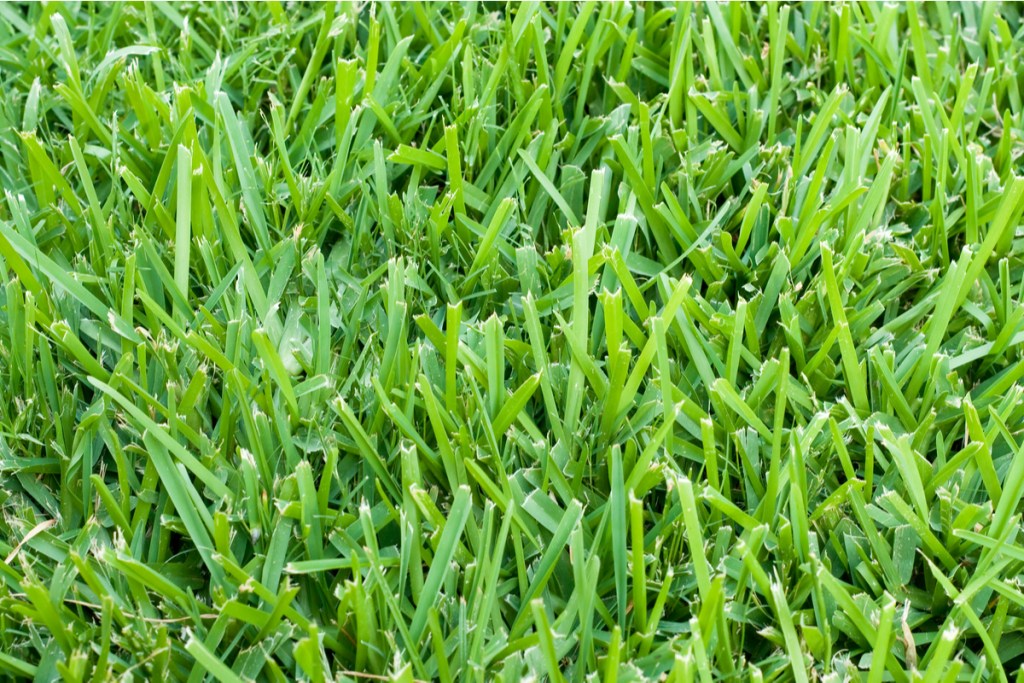
Best grass seed for cool-season grasses
Cool-season grasses grow in areas that experience frigid winters and hot summers, but they grow best when daytime highs are between 60 and 75 F. In the North, they typically grow best in spring, early summer, and fall. In the southern extent of their range, they grow best in fall, winter, and spring. Cool-season grasses include Kentucky bluegrass, fine fescue, tall fescue, and perennial ryegrass. These grasses are often blended for different purposes, such as shade tolerance or high-traffic areas. Sun and shade blends are the most popular.
- Kentucky bluegrass is the only rhizome-spreading cool-season grass, which allows it to self-heal when damaged. The others are bunching or clumping grasses that must be reseeded when damaged.
- Perennial ryegrass excels in high foot-traffic areas, but it is moderately tolerant of other adverse conditions like drought, shade, and temperature extremes.
- Fine fescues are the most shade and cold-tolerant of the group.
- Tall fescue is the most heat and drought tolerant, which makes it the most popular of the cool-season grasses in the overlap zone with warm-season grasses.
Cool-season grass seeds germinate best when the soil temperature is between 50 and 65 F. As a general rule, the best time to plant cool-season grass seed is late summer or early fall, about 45 days before the first expected fall frost date. Planting in fall allows the grass two cool growing seasons, fall and spring, to establish deep roots prior to the onset of summer heat and drought. The second-best time to plant cool-season grasses is early spring, following the same soil temperature guidelines.
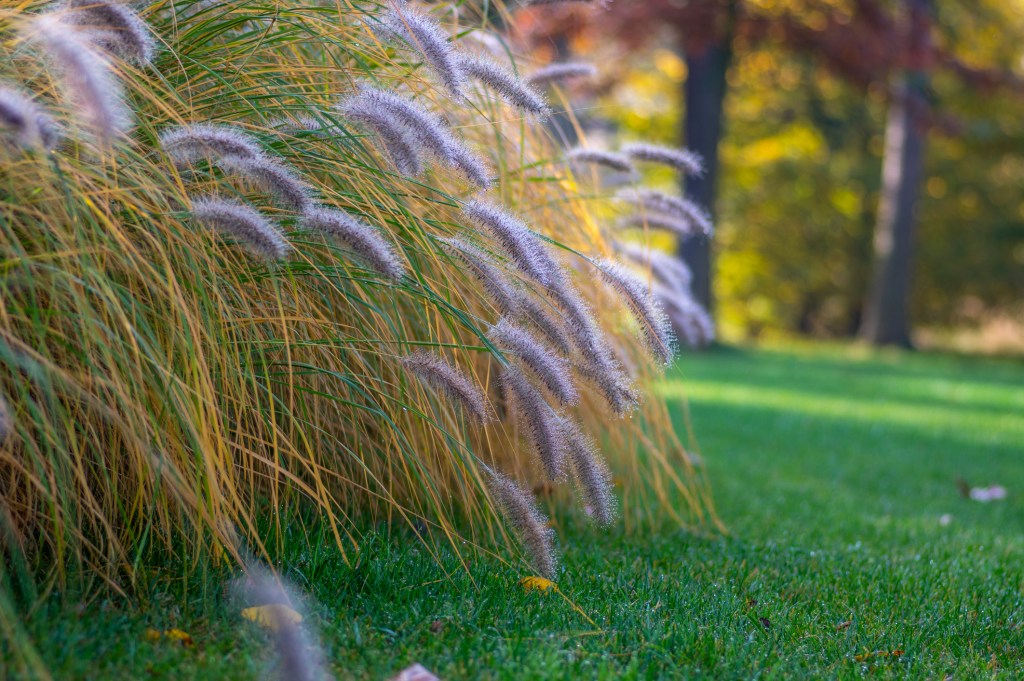
Best grass seed for alternative lawns
As sustainability gains traction with property owners, many are looking for eco-friendly alternatives to traditional lawns. There is a desire to reduce chemical applications, conserve water, and create backyard habitat space. The “no-mow” lawn encompasses a range of approaches including a selection of grasses that naturally stay low without mowing and incorporating non-grass plants that provide food and shelter for pollinators, birds, and other wildlife. Xeriscape landscapes incorporate limited traditional lawn-grass areas where they serve an identified function but may use different grass species to fulfill the role of lawn grass.
The best solutions for alternative lawns incorporate a blend of local native grasses, wildflowers, and herbs that stay under 12 inches tall.
Finding the best grass seed for your lawn depends on a number of factors. With these tips in mind, you’ll be able to grow a flourishing, gorgeous lawn.



